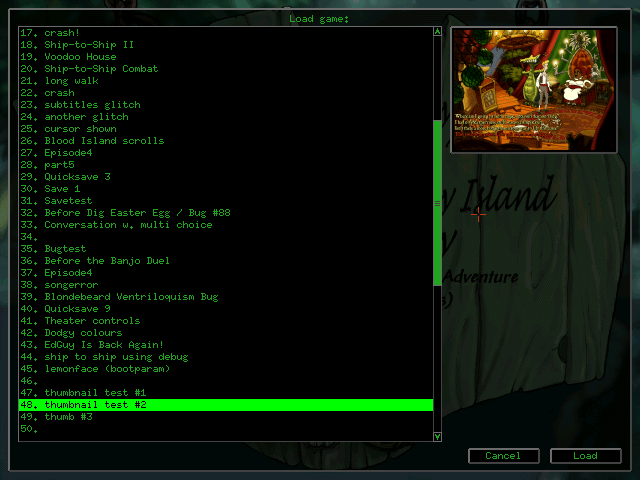Download Free Trop Intelligent Pour Etre Heureux Ebook Software


Introduction Most clinical rating scales quantify behaviors on a Likert scale anchored by standard descriptors, e.g., going from “never” to “very often”, through “sometimes” and “often”. When a weakness frequency (or intensity) is rated beyond “normal” limits, it becomes a symptom. Symptoms can thus be observed in subjects considered as healthy, as long as their number is beyond threshold and as long as they do not cause a significant impairment. For example, each ADHD behavioral descriptor has to be inappropriate for the child developmental level to be considered as a symptom.
The diagnosis requires a symptom count above threshold and the associated impairment must be clinically significant, not specific to a situation (). Normal variability is thus crucial at each level of the diagnosis process. However, in a pathological perspective, normality is only defined by an absence or a low level of symptoms. This perspective creates problems as the distributions of symptoms are highly skewed and truncated in the normal population and as statistical cutoffs are generally based on the assumption of a normal distribution. Aeria Points Ap Generator Hack there.
Jul 25, 2010 - We strongly raccomand you to use Metaproducts Mass Downloader, or a software like that, to take big files from this page. Download DVD version. In Los Angeles, which has emerged as a major player in worldwide Jewish propaganda and intelligence operations under the guise of “fighting hate.”. Download PDF Trop intelligent pour etre heureux pdf Direct Links. Video review: Etre heureux pdf trop pour intelligent Brothersoft 1337x.to:: 72 Mb.
Jan 5, 2015 - Certain tribes also rely on the herb to stop hemorrhages as well as stomach ulcers. The plant gets its name from a Spanish explorer who luckily stumbled upon the plant after being severely wounded and found that it stopped his bleeding immediately. Download Our Free ebook. Guayaba: Psidium guajava.
For example, in an epidemiological sample, nearly 80% of children had scores of 1 or 0 (Just a Little or Not at All) for the ADHD items of the SNAP-IV. As a consequence, small changes in cutoffs can have quite dramatic effect in the number of children above threshold (). Conversely, patients who show a low but near-threshold level of symptoms are defined as in remission. Call Letter Download For Ibps Exam Guru. As it is not possible to determine where these children are placed within the normal distribution before and after treatment, therapeutic effects could also be overestimated.
These problems led some researchers to propose full-range rating scales. For example, designed an ADHD rating scale based on the assumption that symptoms can be rated below or above “normal” level. For example: “Does not seem to listen when spoken to directly” is rated with five anchor points from “much less” to “much more” than other (normal) children of the same age and sex. This attempt to break down the “Just a Little” and “Not at All” rating into categories from “much less” to “less” to “same” yielded a more normal distribution, although still negatively skewed, the “much less” rating being significantly overrepresented, especially in teacher ratings. Also, the proportion of children rated as “more” or “much more” symptomatic was strongly decreased (). Such a symptom-based full-range scale has the inherent difficulty of evaluating the relative rate of occurrence of behavioral descriptors that are by definition infrequent.
A “much less” rating is also quite broad as it encompasses different levels of the corresponding strength. On the other side, evaluating the opposite strengths is likely to be easier and more reliable, as parents and teachers observed them much more frequently and generally define a weakness as a lack of strength. The SWAN (Strengths and Weaknesses of ADHD-symptoms and Normal-behaviors ratings Scale - SWAN) is a scale where the informant is asked to assess the strength opposite to the ADHD symptoms (). Without changing the content, each item of the SNAP-IV rating scale () was re-worded in order to capture the strength corresponding to the weakness. For example: “Often does not seem to listen when spoken to directly” becomes “Listen when spoken to directly” and is rated from “far below average” (−3) to “far above average” (+3) relative to children of the same age. This approach yielded a normal distribution of ADHD scores () with a small positive skewness, the above average rating being somewhat overrepresented.
The proportion of children rated as symptomatic (below and far below average) was also decreased. The objectives of this study was to test internal and external consistency of a French adaptation of the SWAN and its accuracy as a diagnostic test, by using a symptom-based interview (DISC-4.0) and different problem-based scales (Conner’s Parent and Teacher Rating Scale) in a sample of children referred for ADHD in a university-based specialized clinic in Montreal, Canada. Participants Children of 6–9 years of age (n=124) referred by their physicians with a suspected diagnosis of ADHD were recruited through the Interdisciplinary Research Program on Hyperactivity at Sainte-Justine Hospital (Montreal, Canada). Carlos Santana Gold Greatest Hits Rapidshare Download. Children with an IQ of less than 80 (), born prematurely (. DISC-4.0 During the scheduled hospital visit, the parent was administered a structured computerized interview, the Diagnostic Interview Schedule for Children 4.0 (DISC-4.0), by a trained interviewer.